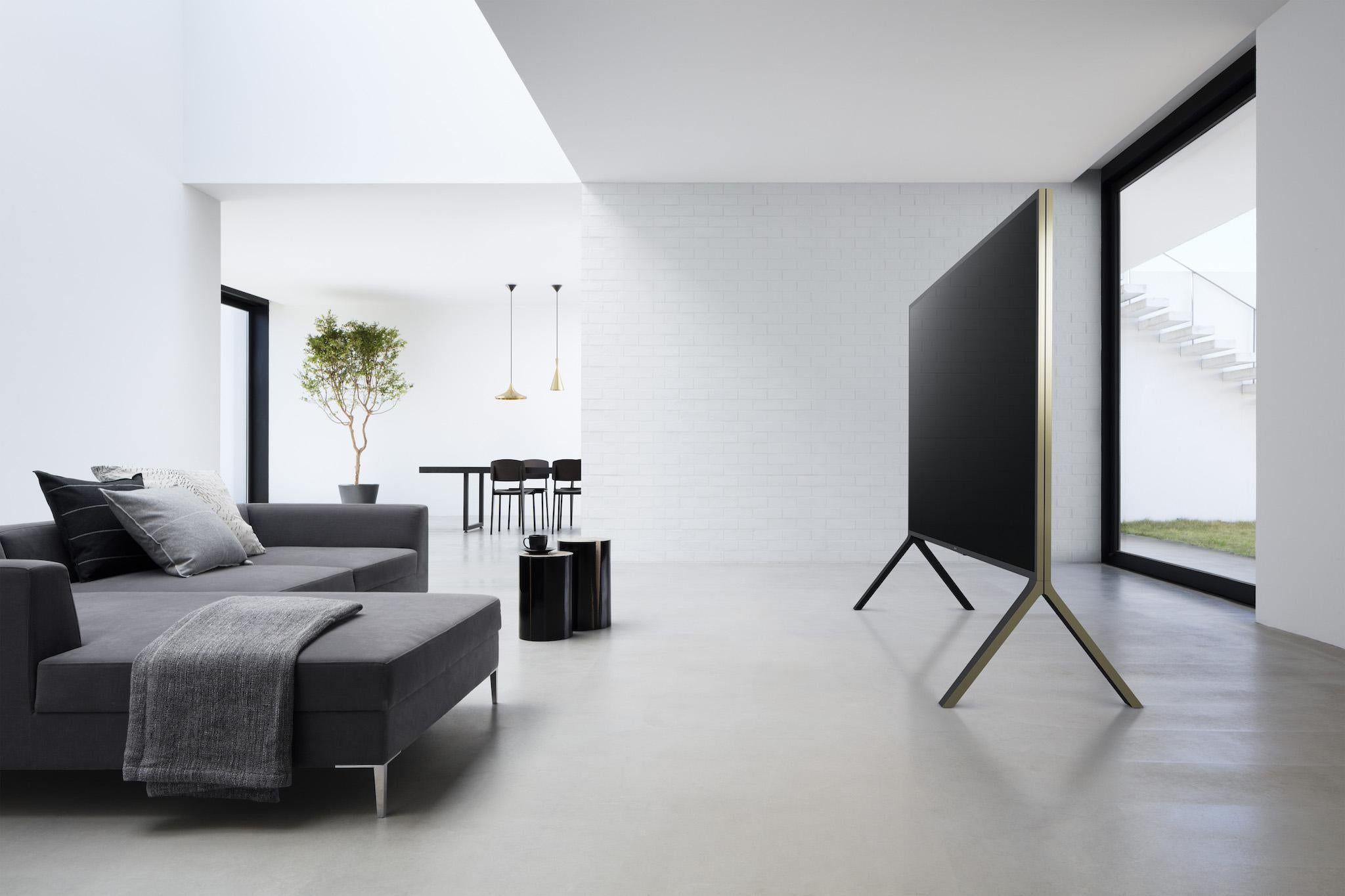Sony launches new UHD TVs, ready for the Olympics and 4K Premier League
UHD, HDR and Backlight Master Drive might sound like sci-fi terms – but they're actually the technologies that will make the next generation of TVs look intensely detailed and lush

Your support helps us to tell the story
From reproductive rights to climate change to Big Tech, The Independent is on the ground when the story is developing. Whether it's investigating the financials of Elon Musk's pro-Trump PAC or producing our latest documentary, 'The A Word', which shines a light on the American women fighting for reproductive rights, we know how important it is to parse out the facts from the messaging.
At such a critical moment in US history, we need reporters on the ground. Your donation allows us to keep sending journalists to speak to both sides of the story.
The Independent is trusted by Americans across the entire political spectrum. And unlike many other quality news outlets, we choose not to lock Americans out of our reporting and analysis with paywalls. We believe quality journalism should be available to everyone, paid for by those who can afford it.
Your support makes all the difference.It’s summer, the sun’s shining, who wants to watch TV? Well, next month sports fans will be looking forward to spending time indoors. They’ll be watching the Olympics and Sky’s screening of Premier League football in Ultra HD resolution.
For the latter you’ll need a TV that’s UHD (or 4K) compatible. Luckily, last week Sony announced its latest screens and though they may not be on sale in time for the first games of the season, when they do arrive they’ll have all the tech capability, in frames that are snazzily designed. Most importantly, they will have jaw-droppingly good picture quality.
The Independent saw the new TVs behind closed doors in London a few days ago and first impressions were favourable. Not only do the new screens offer UHD and HDR (High Dynamic Range), a technology designed to show rich detail in both dark shadows and bright skies at the same time, some of them also include a Sony speciality: Backlight Master Drive.
This was first announced at the CES trade show in Las Vegas back in January. I thought it looked good then but now it’s extremely impressive. Backlight Master Drive uses multiple LEDs behind the screen, with each one separately controllable. Most screens have a small number of LEDs, often just one, which is why images can be a bit bland.
When you have many LEDs, the leap forward in contrast and the depth of black colours on screen is very striking. OLED TVs, where each pixel is individually lit, can manage the same effect but here it’s a lot brighter, so you don’t need to plunge your living room into darkness and hire ushers with torches.
Sony won’t reveal how many LEDs are on its screens though it looks to be in the high hundreds at least. The CES prototype had 1,000 zones of control, for instance. Whatever the number, the resulting level of detail and contrast is undeniable.
The flagship range is called Bravia ZD9, available in sizes from big to almost preposterous: 65in, 75in and, seriously, 100in. In demonstrations of the screen’s capabilities and comparisons with rival brand’s TVs, the Sony level of detail was remarkable.
A bright, sunny surfing video looked splashily good. Staring more closely at the sun, however, made clear that on the Sony display it was smaller. This wasn’t a fault, it was because the screen could show more subtle gradations of sky around it, instead of simply bleaching the screen.
A similarly bright scene of a white building in direct sunlight showed levels of grey detail that other screens couldn’t manage.
As more UHD and HDR content becomes available, this level of richness will become more important. The Sony screens will probably be the most advanced of their kind when they go on sale in September. You might want to start saving now, though, as the 65in model will cost around £4,000, the 75in will set you back £7,000 and the massive 100in model is a snip at about £60,000.
The design of the TV has been thought through in great detail, too. The frame around the picture is barely noticeable but the top and side edges feature a carefully chosen gold trim that is subtle but deeply attractive. The back of most TVs are a maze of sockets and cables. On the ZD9 range, the designer has taken pride in fitting a neat, patterned cover over all the connectors, with removable panels providing access. It means you can have the TV away from the wall without it looking a mess from behind.
In fact, on the enormous 100in model there’s even scope for a wire-free look: it’s designed so the power cable can slide unseen down the TV’s leg and out under the floorboards. If you’re spending that much on a telly, you’ll be grateful for that attention to detail.
Sony has historically has exceptional picture quality in its TVs. These screens offer the strongest 4K images the company, or perhaps any manufacturer, has yet delivered.
Join our commenting forum
Join thought-provoking conversations, follow other Independent readers and see their replies
Comments